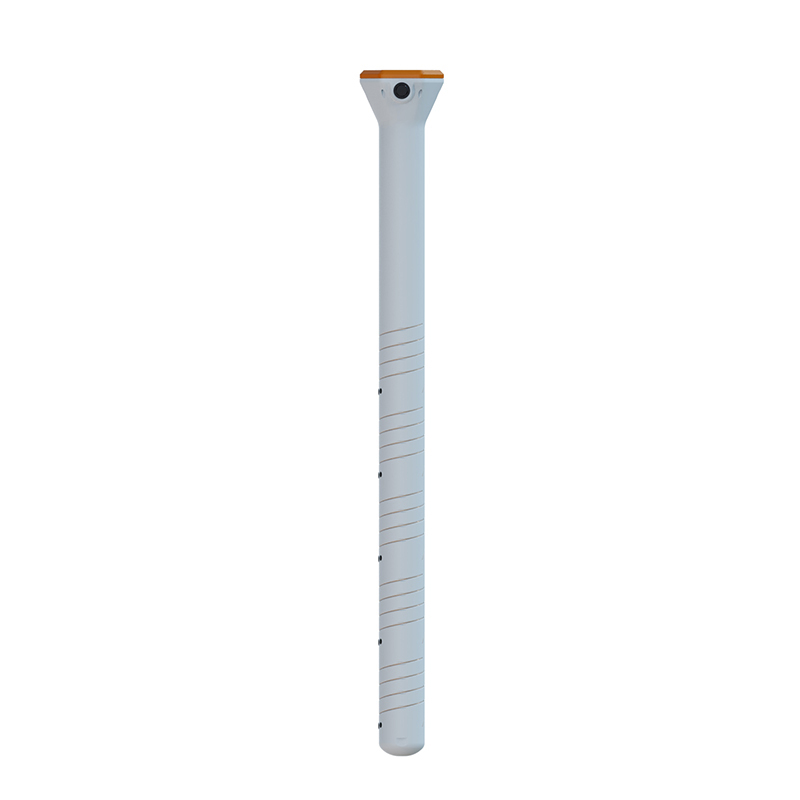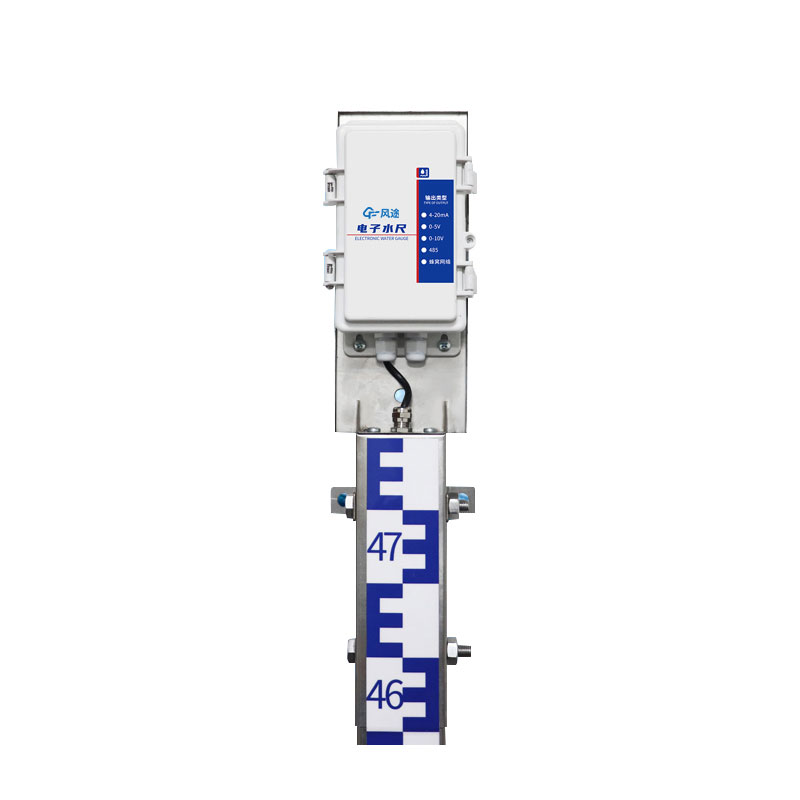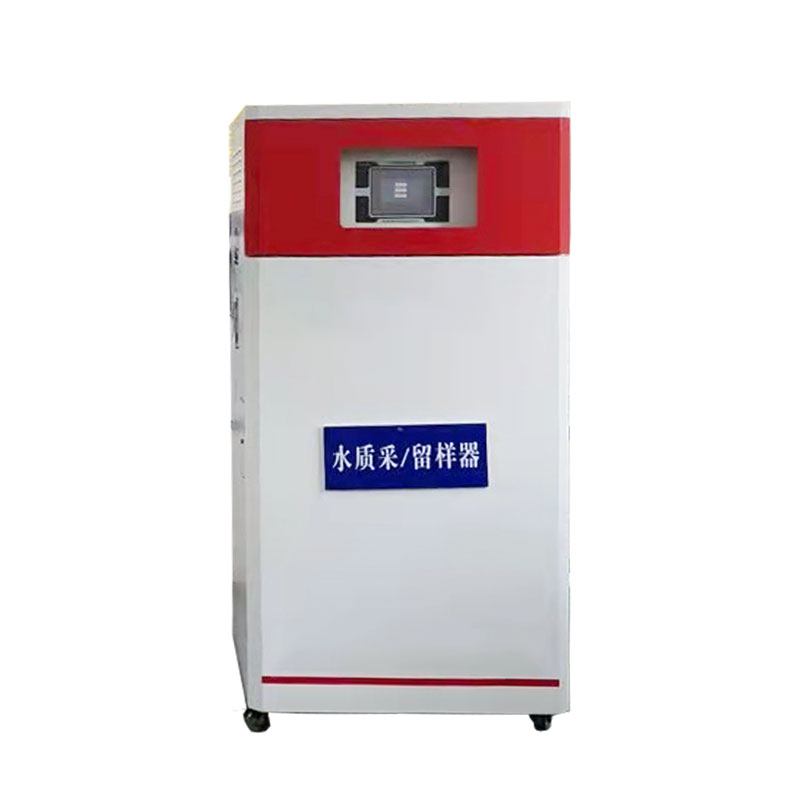Automated Soil Climate Monitoring detects soil temperature and humidity using sensors and utilizes solar power for continuous field monitoring.
Automated Soil Climate Monitoring is an automated device based on modern sensing technology and the Internet of Things (IoT) system, primarily used for real-time monitoring of soil moisture content and soil temperature parameters. The device continuously collects soil moisture data through sensors deployed at different depths in the field and transmits the information to a cloud platform for processing and analysis. The monitoring results provide a scientific basis for agricultural irrigation, forestry protection, and water resource management.
The core components of this type of monitoring station are soil moisture sensors and temperature sensors. Moisture sensors mostly use the frequency domain reflectometry or time domain transmission principle, calculating volumetric water content by measuring the dielectric constant of the soil. Measurement accuracy typically reaches within ±3%. Temperature sensors use platinum resistors or semiconductor components, covering a measurement range from -30℃ to 50℃, with an accuracy of ±0.5℃. Sensors can be deployed at different depths, such as 20 cm and 50 cm, as needed, forming a profile monitoring system to understand the vertical distribution pattern of soil moisture.
In terms of technical features, Automated Soil Climate Monitoring has all-weather working capabilities. The device generally uses a solar power system with a battery pack, allowing for continuous operation in environments without mains power. The data collector supports multi-channel input, connecting 8-16 sensors simultaneously, with a sampling interval that can be set from 1 minute to 24 hours. The communication module supports 4G, LoRa, or NB-IoT transmission methods for remote data transmission. Some high-end models also integrate meteorological sensors to extend monitoring of environmental parameters such as precipitation and evaporation.
This device plays an important role in agriculture. Farmers can use the soil moisture data obtained from the monitoring station to accurately formulate irrigation plans, avoiding water resource waste. In arid regions, monitoring data helps to predict droughts and guide drought relief measures. Forestry departments use the monitoring station to observe the dynamics of soil moisture in forest land, providing a basis for vegetation restoration and soil and water conservation. Water resource agencies use long-term monitoring data to analyze regional water resource balance and support water resource allocation decisions.
Several factors should be considered when choosing Automated Soil Climate Monitoring. Basic models mainly include moisture and temperature monitoring functions, suitable for general farmland; high-end models add monitoring of parameters such as soil salinity and pH, suitable for scientific research or special crop planting areas. Installation sites should avoid low-lying areas with standing water and strong electromagnetic interference to ensure data representativeness. The equipment requires regular maintenance, including cleaning the sensor surface, calibrating measurement accuracy, and checking the power supply system. On-site calibration is recommended quarterly.
Through proper configuration and maintenance, the Automated Soil Climate Monitoring device can provide continuous soil moisture and temperature data, supporting precision agriculture practices and water resource management. This equipment has become an important tool in modern agricultural production and ecological environment monitoring, and its application will further promote the intelligent development of agricultural production.

This paper addresses:https://fengtusz.com/industry/887.html









